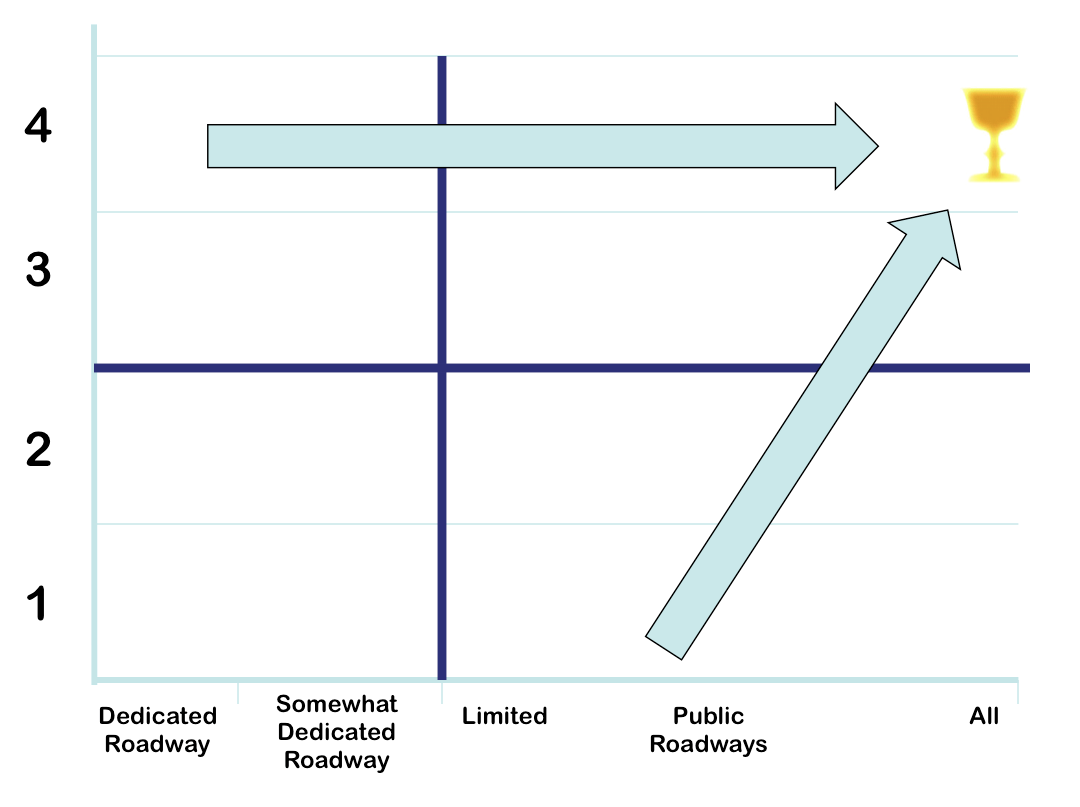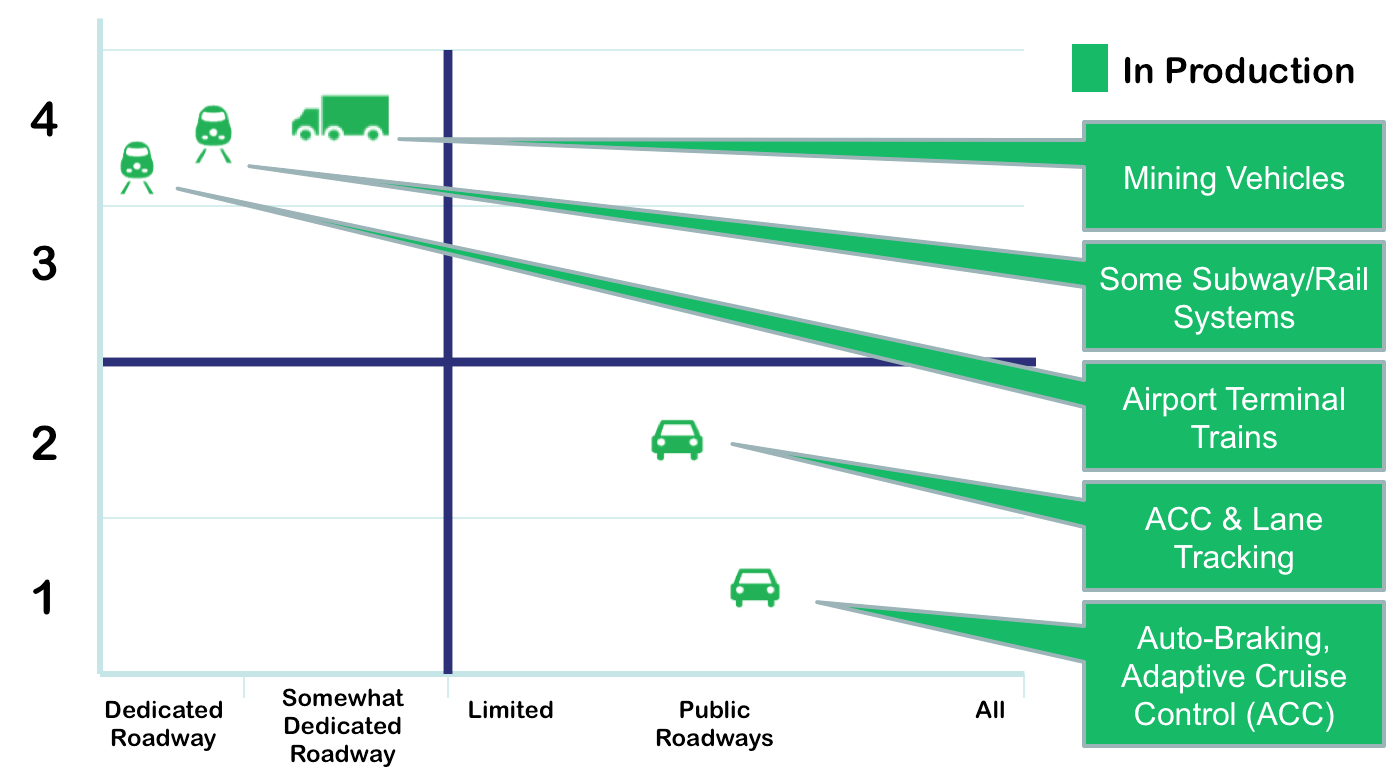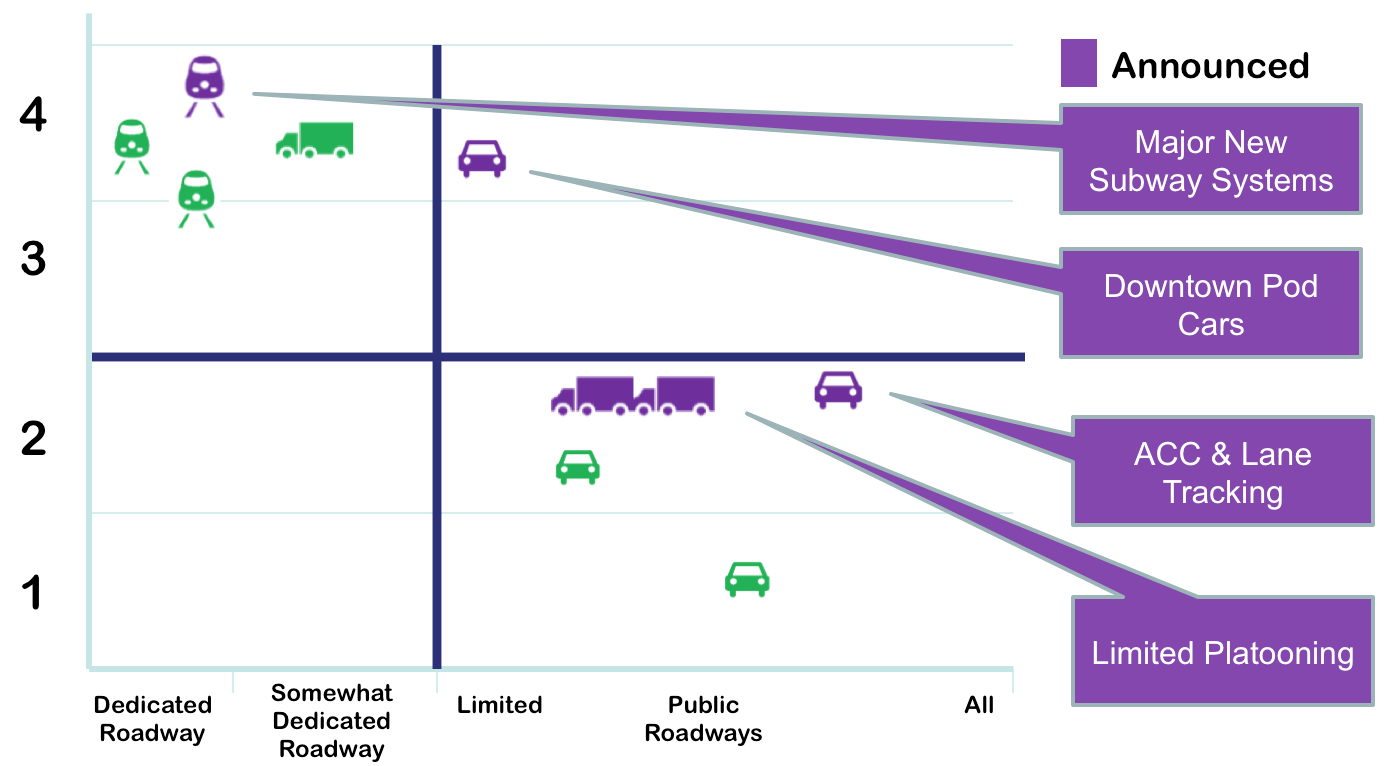News Roundup: Autonomous Tricycle Testing Underway, Apple Reportedly Ditching Plans for Electric Self-Driving Car, and More
Jennifer van der Kleut
A roundup of some of the most interesting industry news headlines from around the world from the past few days:
University of Washington-Bothell making progress on autonomous tricycle
We’ve seen autonomous trucks, buses, shuttles, cars, and last week, a semi-autonomous motorcycle. Headlines this week are showing us an autonomous tricycle, under development by a team at the University of Washington in Bothell. Led by Tyler Folsom, the team says they are hoping to introduce a lighter, less expensive, more environmentally friendly autonomous vehicle for the future of transportation. A small test has already been successful-guided by a remote control, the test cycle managed to pedal itself in a small circle safely. The team reportedly received a $75,000 grant from Amazon Catalyst to develop their technology. Folsom said the team’s target is a price point of around $10,000, making an inexpensive price for college students or families looking to move about more easily, instead of owning a car or depending on public transport, plus the environmental footprint would be practically non-existent. Read more about the autonomous tricycle from New Atlas. Courtesy image by Mark Studer.
Reports: Apple drops plan to build its own autonomous car, instead focusing on platform
If you believe the many rumors news outlets are publishing this week, Apple has reportedly decided to forego manufacturing its own self-driving car, and instead is focusing on building just the autonomous car platform. The New York Times recently reported that Apple had laid off dozens of employees of Project Titan, which was working on developing an electric, autonomous car with a target release date of 2020. The company then reportedly turned around and hired dozens of new employees focusing on artificial intelligence, with a new focus of building its own self-driving platform. In the future, Apple may decide to partner with an established car manufacturer to release its own vehicle. Read more about Project Titan’s new focus on 9 to 5 Mac.
DARPA’s Cyber Grand Challenge aims to beef up security for IoT devices
According to research firm Gartner, the number of Internet-connected devices has risen nearly 70 percent to over 6.4 billion devices just in the past two years, making a lot of people’s lives more convenient with connected devices ranging from appliances to home thermostats to even clothing, bracelets, watches and more. Unfortunately, that also leaves 6.4 billion ways hackers can target us. DARPA, the Defense Advanced Research Projects Agency, is aiming to combat that risk. In 2013, the agency launched the Cyber Grand Challenge, inviting scientists from all over the world to “create automated digital defense systems that could identify and fix software vulnerabilities on their own — essentially, smart software robots as sentinels for digital security.” The Cyber Grand Challenge was announced in 2013, and qualifying rounds began in 2014. At the outset, more than 100 teams were in the contest. Through a series of elimination rounds, the competitors were winnowed to seven teams that participated in the finals in August in Las Vegas. The three winning teams collected a total of $3.75 million in prize money. Read more about what the teams created and what it means for IoT security from the New York Times.



